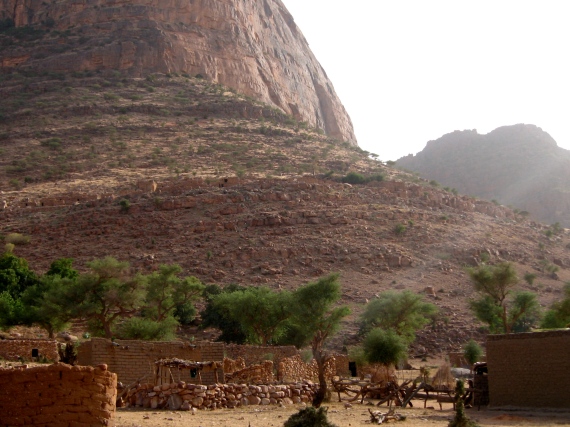Holding Grudges
“Kash, we have a problem,” my colleague exclaimed an hour after we reached a village to conduct surveys to 50 of its residents.
He elaborated, “Turns out there are two parts to this village. The family that originally settled here got into a fight and broke off into two parts, and since then they’ve lived only 2 kilometers apart but never talk to one another or work together. Although according to Mali, this is one village, we have two chiefs of the village and it turns out the one from the original village is livid that we did not see him first.”
“They live 2 km apart but don’t talk to one another! How bad could it be? What happened and when!?” I asked.
“Nobody remembers why or when, but it happened over a hundred years ago,” he replied ambivalently.
This wasn’t the first village that held a grudge for that long.
In the village below, people live in cliff dwellings.
Some of them have started coming down a few years ago and are encouraging others to do the same. The chief believes within 5 more years most of the residents will come down and settle on the land. It’s tough living up on the rocks, having to carry water and food up there several times a day. So why are they living up there?
“Well…” explains the town’s teacher, “you know there was a war between the Fulani and the Songhay tribes in the East of Mali….The Fulani pushed the Songhay out of their homes and killed their leaders so they fled and settled themselves in the cliffs of Douentza to hide from their attackers. They just now finally feel safe enough to come down and lead normal lives again.”
“When was this war?” I gently probed.
“Atleast 150 years ago,” he replied.
And this is what you get in a culture where oral tradition prevails. With no access to technology, transportation and markets, only elders’ stories are transmitted as infromation from generation to generation, making history and current events hard to differentiate.





























 Stumble It!
Stumble It!




